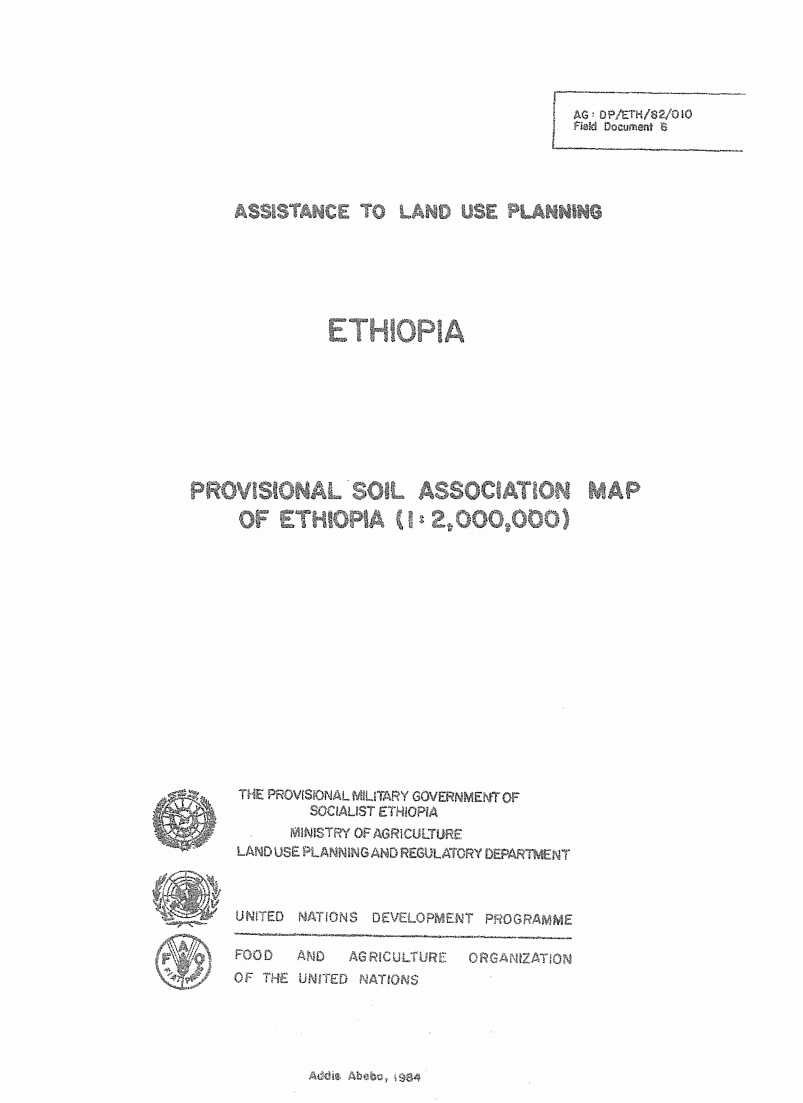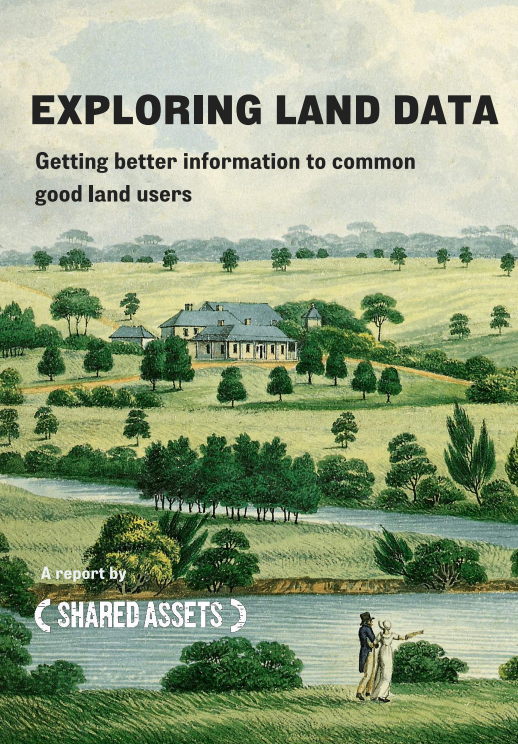Assistance to Land Use Planning: Ethiopia. Provisional Soil Association Map of Ethiopia (1:2,000,000)
The 1: 2 000 000 Soil Associations map is based on
the Geomorphology and Soils map, at 1: 1 000 000 scals, prepared
by the FAO/UNDP Eth/78/003, Assistance to Land Use PlJ
Project in 1981 It incorporates some new information ob%,3 _
since the finalizing of the Geomorphology and soils map.




